
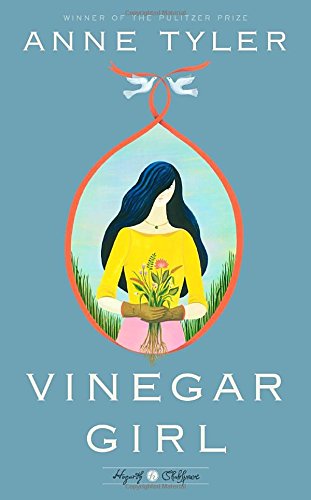
Vinegar Girl by Anne Tyler based on The Taming of the Shrew (1594)
A modern reading of The Taming of the Shrew—a comedy about conniving suitors tricking unwilling brides into marriage that leaves many women asking, “Why did Kate, so strong-willed, cave so quickly?”—Vinegar Girl provides a glimpse into what Kate’s married life could be. Tyler’s Kate is disillusioned at home and work, and now her husband wants her to play along with yet another scheme. Will she finally say no to him?
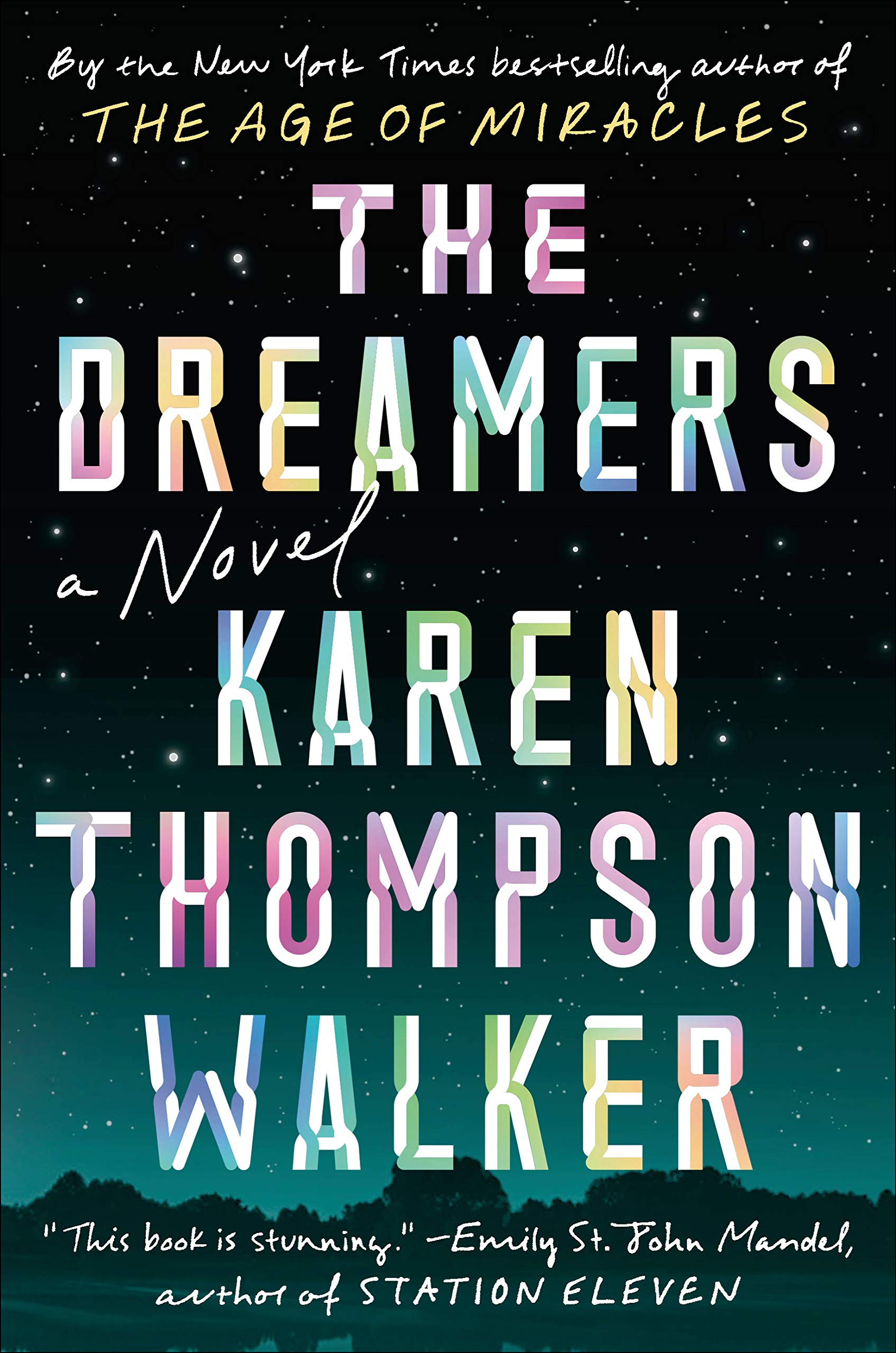
The Dreamers by Karen Thompson Walker based on A Midsummer Night’s Dream (1596)
A Midsummer Night’s Dream, a lighthearted comedy of misplaced magic potions leading to dreamily mismatched lovers, gets a dark twist by Thompson Walker in The Dreamers. A small college town is quarantined when a virus—not a love potion—puts people in a deep sleep. Doctors confirm that they’re all dreaming, but the important questions become: What are they dreaming, and what happens if they wake up?
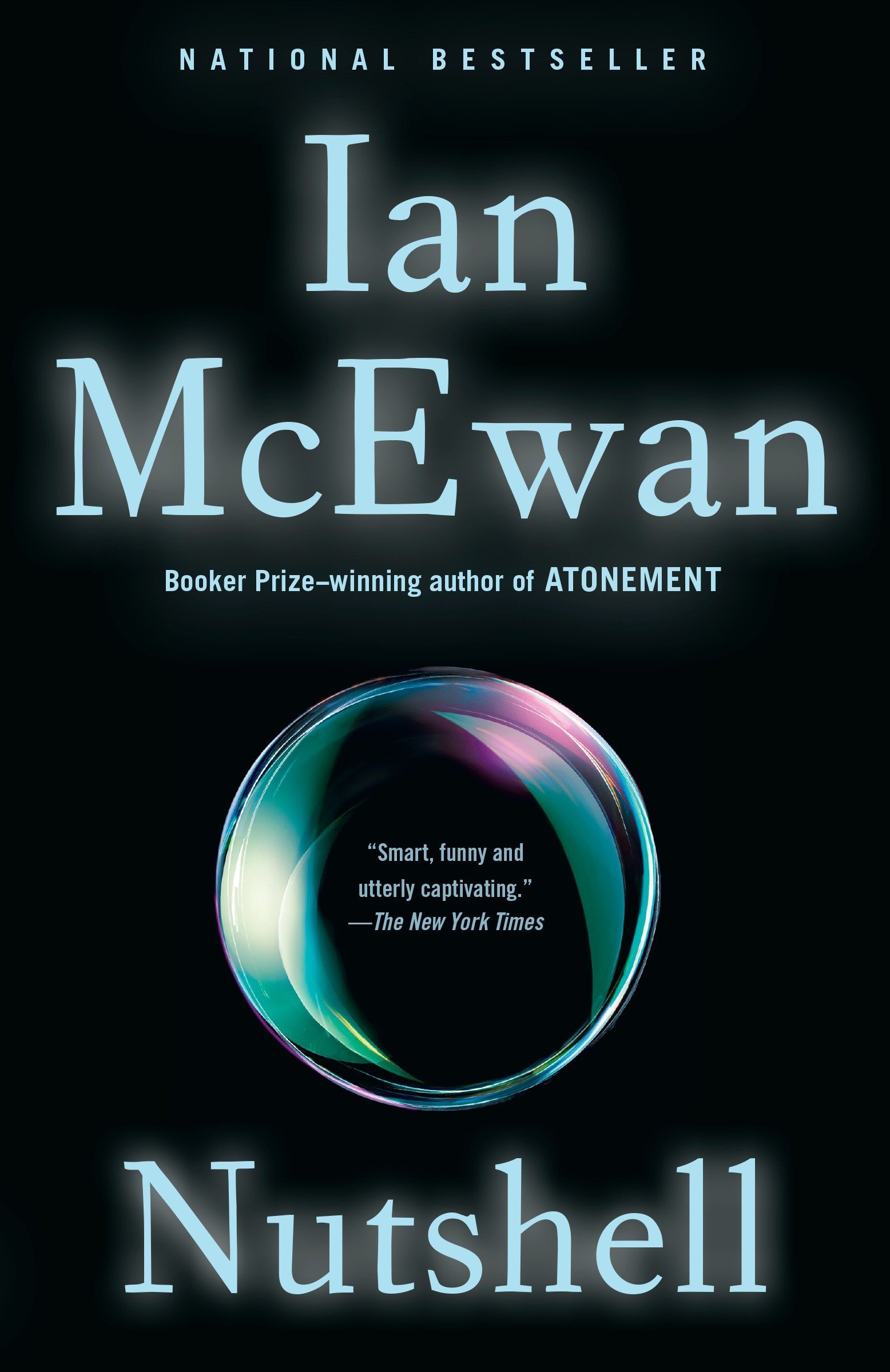
Nutshell Ian McEwan based on Hamlet (1601)
We have to admit, if the ghost of our murdered father appeared and told us that our stepfather-uncle was the murderer, we’d be upset, too. As with other Shakespearean tragedies, the price Prince Hamlet pays for revenge is his life. In Nutshell, McEwan rewinds the clock and casts Prince Hamlet as a nine-month-old fetus in the womb, listening to his mother and uncle plot to kill King Hamlet. Could this finally explain Prince Hamlet’s hesitation to kill his uncle?

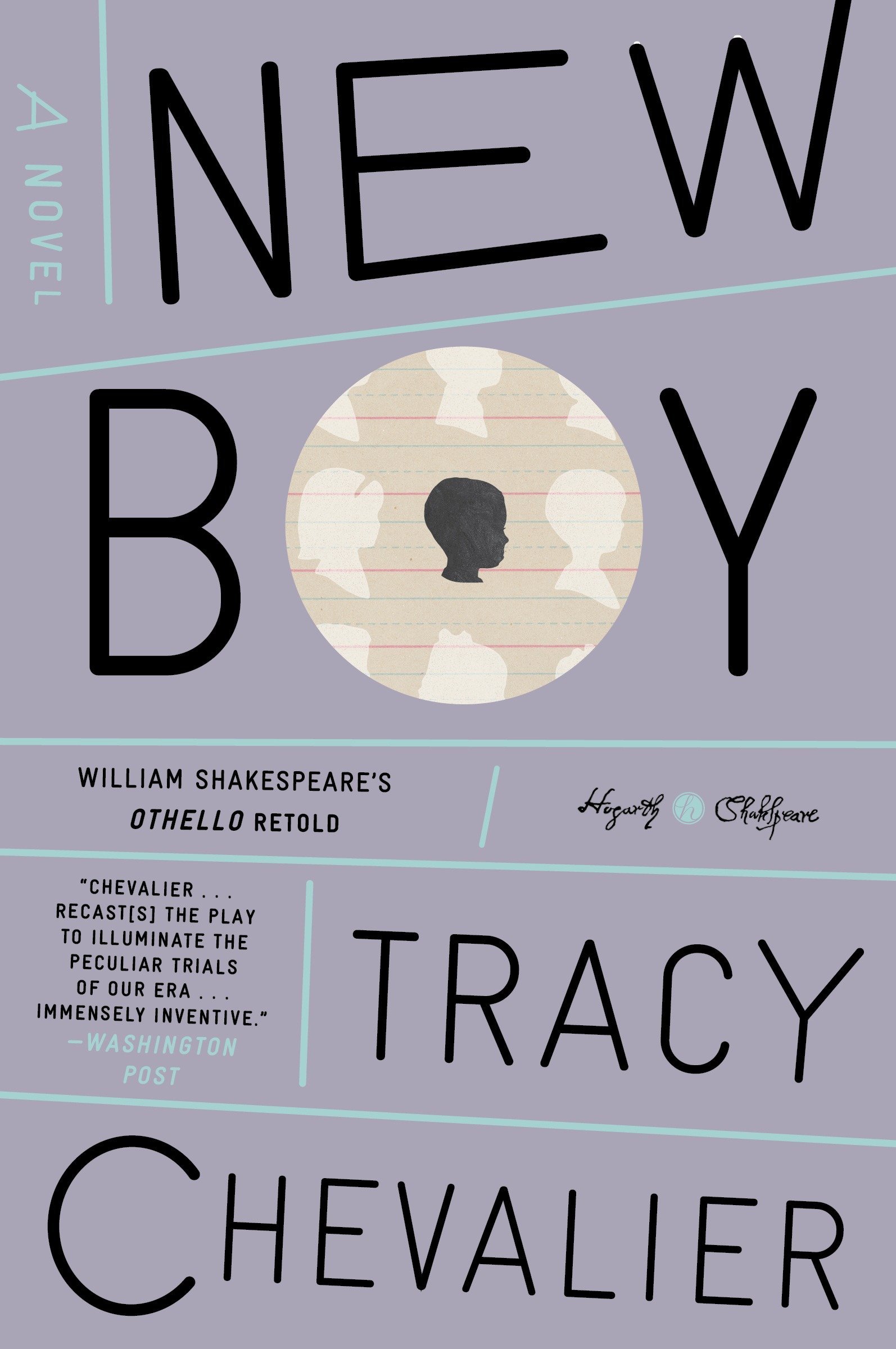
I, Iago by Nicole Galland; New Boy by Tracy Chevalier based on Othello (1605)
It’s a shame that Shakespeare’s characters don’t have the patience to ask simple questions before killing everyone they suspect of betrayal. Othello could have lived a long, happy life if he hadn’t taken Iago’s backstabbing gossip at face value. Why did Iago go to such lengths to ruin Othello? Perhaps I, Iago has the answer in this reconstruction of the events of Iago’s youth, and the fateful decisions he makes along the way that turn him into one of literature’s most popular villains.
Exploring the racial themes of Othello, New Boy re-sets the tragedy in a 1970s suburban school. Eleven-year-old Osei Kokote defends his relationship with a white girl, but as Ian tries to break them up, racial tensions threaten to bring heartbreak to the whole school.
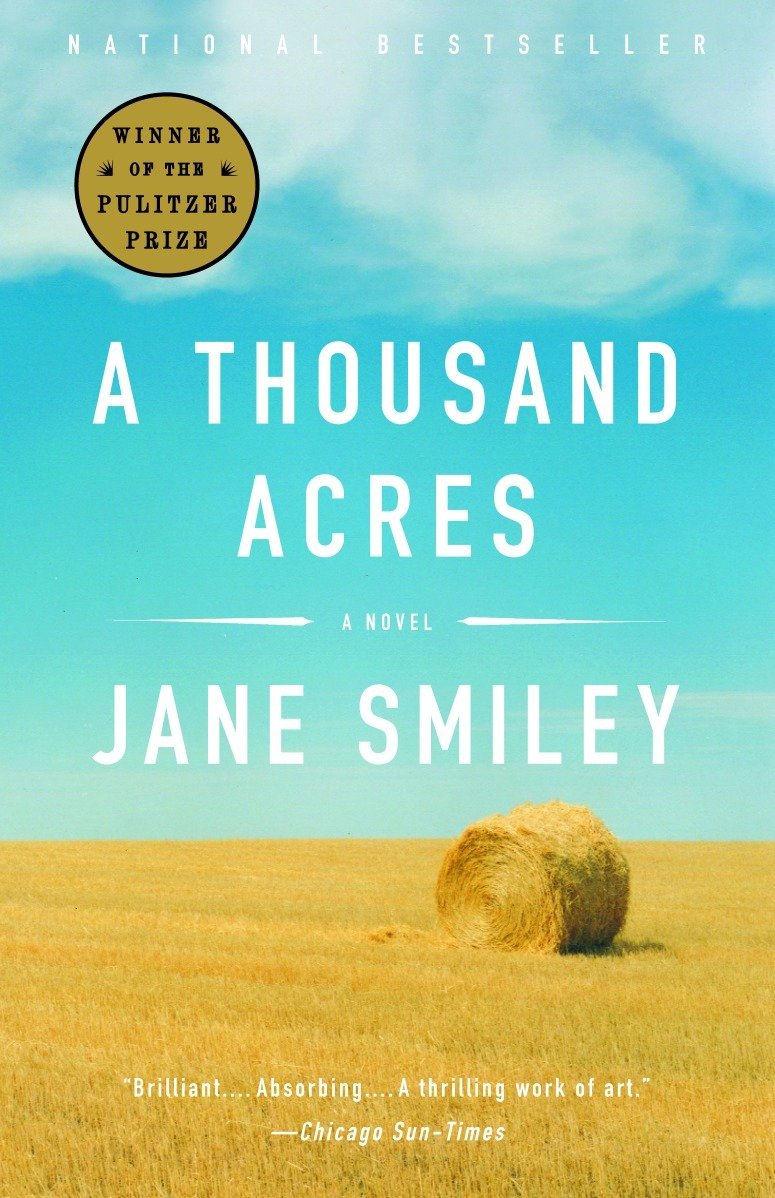

A Thousand Acres by Jane Smiley; Dunbar by Edward St. Aubyn based on King Lear (1606)
Near the end of your life, if you decide to divide your fortune among your three children, don’t give the largest piece to the spoiled brat no matter how much they flatter you. Long story short: no one wins, everyone dies. The tragedy retold in A Thousand Acres, is a heartbreaking story of an Iowa farmer who banishes his youngest daughter, leaving his two oldest to fight over the homestead.
In Dunbar, the patriarch is a once-powerful media magnate trying to escape a sanitarium, angering his two older daughters who seek ultimate control of the company. With King Lear, and any novel it inspires, tragedy is rooted in humanity’s greed for power.
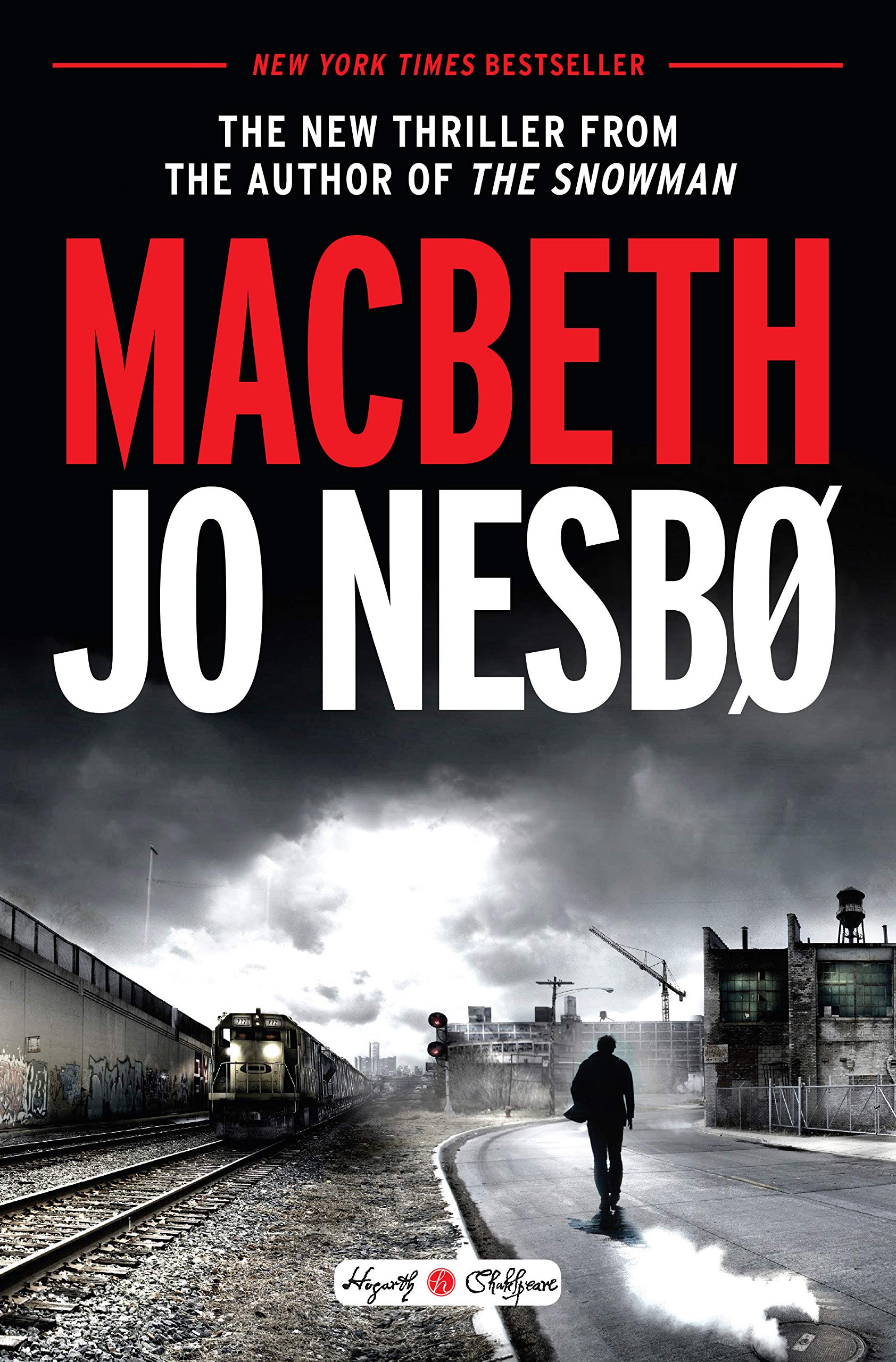
Macbeth by Jo Nesbø based on Macbeth (1606)
Say, hypothetically, three witches tell you that you’re destined to be King and you decide to go on a murder spree to ensure it happens. You should probably get ready for some kind of backlash—like ghosts, mental breakdowns, war. Jo Nesbø captures all of this tragedy in his version of Macbeth. Set in a New York City police precinct in the 1970s, Inspector Macbeth is as vindictive and delusional as Shakespeare’s King of Scotland. Can good-cop Duncan break the cycle of corruption to bring peace to the communities he serves, or will a despotic Macbeth take them all down with him?
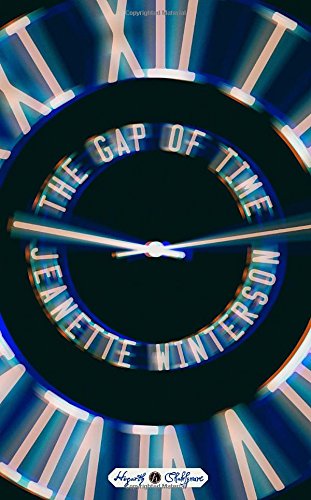
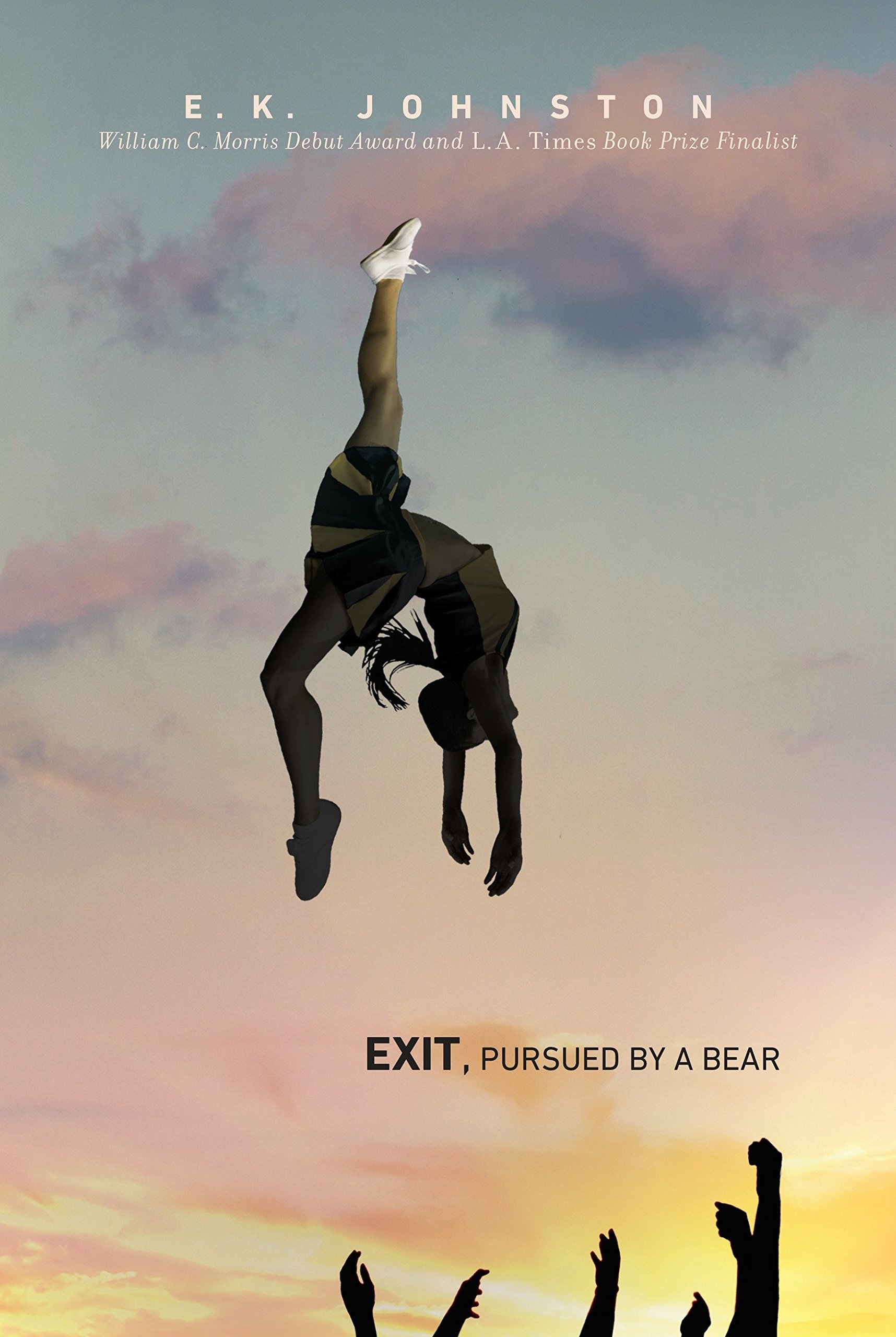
The Gap of Time by Jeanette Winterson; Exit, Pursued by a Bear by E. K. Johnston based on The Winter’s Tale (1611)
Here’s a tip: don’t banish your pregnant wife after accusing her of committing adultery with your best friend unless you’re really sure it’s all true. Leo, the powerful and tyrannical banker in The Gap of Time learns this lesson when his fragile ego destroys his family.
The Y.A. novel Exit, Pursued by a Bear, transforms banished Hermione into a victim of high school date rape who refuses to be cast as the villain. Like The Winter’s Tale, the past infects the present in these two books, and the timeline of their lives only corrects itself when characters confront each other.
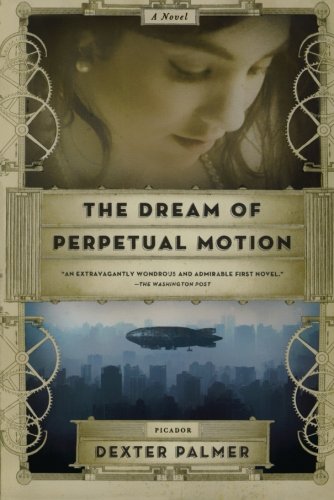
The Dream of Perpetual Motion by Dexter Palmer; Hag-Seed by Margaret Atwood based on The Tempest (1612)
Don’t we all dream of having magical powers that can conjure a storm to shipwreck our lifelong enemies on our doorstep so we can plot our redemption? Prospero pulled it off in The Tempest. The Dream of Perpetual Motion picks up the story of Prospero and his daughter Miranda in the future, when technology, not magic, determines our fate. Hag-Seed turns Prospero into Felix, an outcast theater director who plots his comeback with a staging of The Tempest. Prospero’s enduring message: surviving a raging storm can change anyone’s opinion on the sins of the past.

